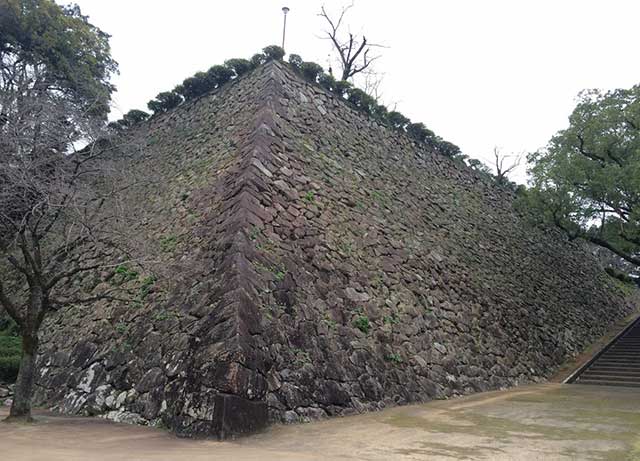
One of Nobeoka Castle’s most impressive features is the 22-meter-high stone wall around the central Hon-Maru citadel. Legend has it that if the castle were ever attacked and a specific keystone was moved, the wall would collapse, killing 1,000 invaders!
Formerly known as Agata Castle, Nobeoka Castle in Kyushu’s east-central Miyazaki Prefecture was originally the fortified residence of the Tsuchimochi clan from the 10th century. The Tsuchimochi controlled lands across Kyushu’s Hyuga region but lost much of their holdings when the Kamakura Shogunate allocated the southern districts to the Shimizu clan and the Miyazaki plains to the Ito clan, leaving the Tsuchimochi with only the northern areas. As expected, various clans fought among each other for a greater share of the fertile lands. In 1587, the region came under the control of Takahashi Mototane, who, despite his affiliation with Ishida Mitsunari at the Battle of Sekigahara in 1600, maintained his lands and commenced construction of Nobeoka Castle in 1601, completing it in 1603.
Situated between two rivers that meet just east of Nobeoka, the castle was perched on a plateau-like hill approximately 200 meters long and 100 meters wide, with three elliptical terraces featuring well-constructed ishigaki dry stone walls along the western face. This is where the Sennnin Goroshi, or the Thousand Killer Wall, a 20-meter-high, 70-meter-long wall, can be found. The shape of the wall’s corner is intriguing, as it curves downward before suddenly curving into a near-vertical drop toward the ground, resembling a reverse-angled fortissimo ( f ) mark. The eastern side of the castle does not have any stone wall work.
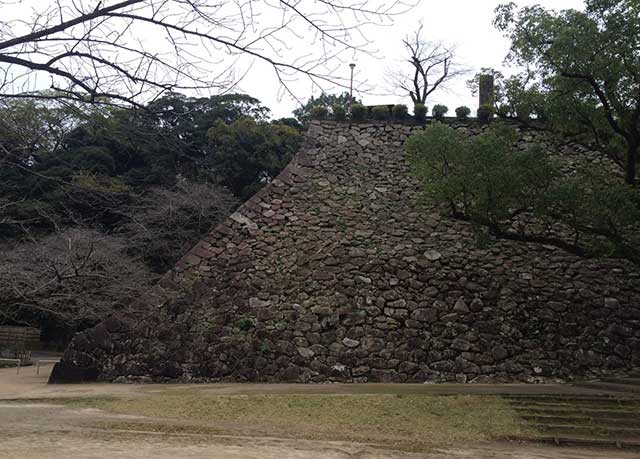
The Takahashi were replaced by Arima Yasuzumi in 1613 following a falling out with the Tokugawa Shogunate and expulsion. The Arima clan, formerly of Hinoe Castle in Nagasaki, strengthened the castle, adding not a keep but a three-story turret, and changed the name from Agata to Nobeoka Castle. The turret was destroyed in a blaze that started in the town in 1682 and was never replaced. The castle had a central Hon-Maru, Ni, and San no Maru baileys surrounding it, while the Nishi no Maru to the west was the site of the lord’s residence. This area also covered a 200-meter-long, 100-meter-wide stretch of land that enhanced the castle's defensive capabilities, allowing it to act like a Demaru, an outer defense separate from the main castle if the need ever arose.
The Arima were dismissed following peasant uprisings, and for the following years, various hereditary retainers of the Tokugawa were placed in charge until 1747, when the Naito clan of Aichi Prefecture was transferred to Nobeoka and remained until the beginning of the Meiji Period. The Naito clan graveyard can be found next to the Otemon Gate.
Although the castle was decommissioned in 1870, it finally saw battle in 1877 when Saigo Takamori and his troops took over the castle but were ousted by the Imperial troops. Saigo Takamori and his men fled to near Kagoshima, where they met their deaths shortly after.
See also
-
Aizu-Wakamatsu Castle
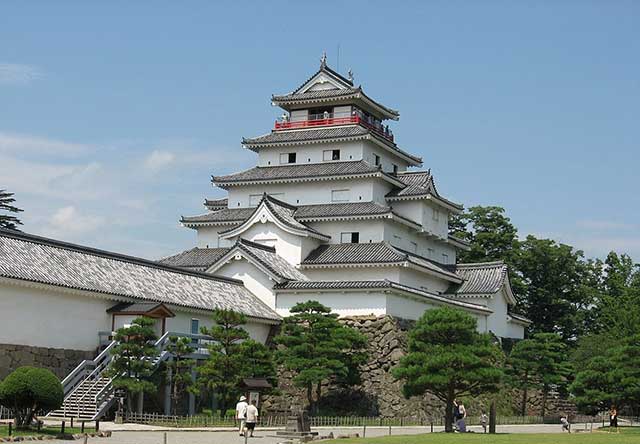
Aizu-Wakamatsu is the most powerful and at the same time the oldest castle in the Tōhoku region in the north of Honshu Island. Its history begins in the 14th century and is closely connected with the Ashina clan, whose members claimed descent from the legendary Taira family.
-
Maruoka Castle
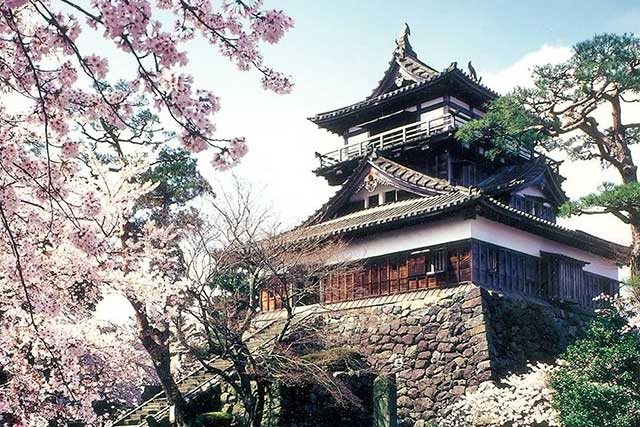
Maruoka Castle is located in the central part of the former city of Maruoka, which is now part of the city of Sakai. This area lies in the northeastern part of Fukui Prefecture. The castle was built on the bank of the Kuzuryu River, on the side opposite Fukui City, which once served as the administrative center of the former Echizen Province. Thanks to its location, Maruoka held significant strategic importance, as it controlled two major routes at once: the Hokurikudo highway leading from Kaga Province and the Mino Kaido road connecting these lands with Mino Province.
-
Marugame Castle
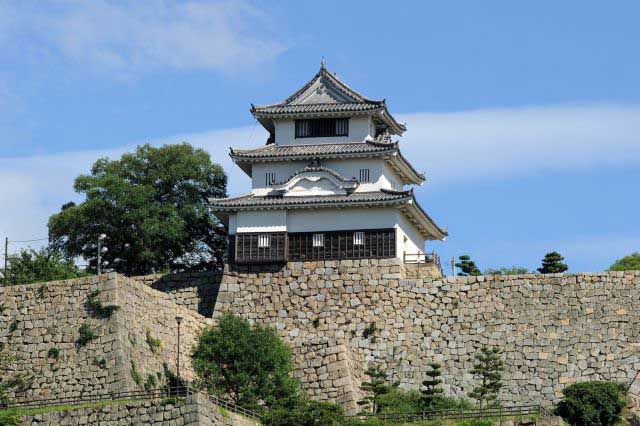
Marugame is part of the so-called “Authentic Dozen,” a group of twelve castles whose donjons have survived to the present day without major reconstructions since the Edo period.
-
Iyo Matsuyama Castle
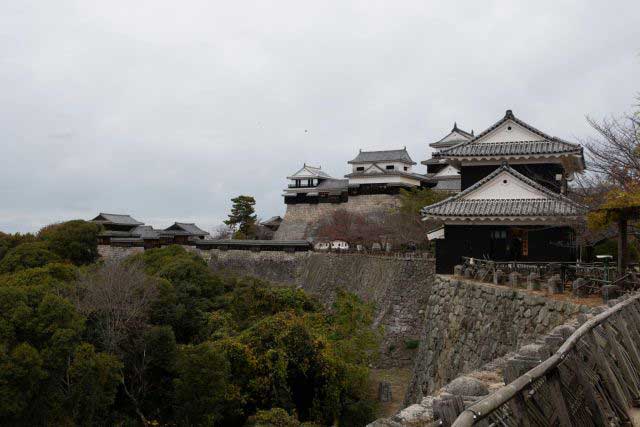
Historically, the center of Iyo Province—corresponding to today’s Ehime Prefecture on the island of Shikoku—was the city of Imabari, while the Matsuyama area was regarded as an agricultural hinterland with broad plains and low hills. During the Muromachi period, the central part of the province was governed by the Kano clan from Yuzuki Castle. With the onset of the Sengoku period, however, this clan lost its former influence and was forced to survive in the shadow of the more powerful Mori and Chōsokabe clans. After Toyotomi Hideyoshi’s forces conquered Shikoku in 1587, the northern part of Iyo Province was granted to Fukushima Masanori, one of the so-called “Seven Spears of Shizugatake.” In 1595, Masanori was transferred to Kiyosu Castle, and the lands around Matsuyama were given to another of the Seven Spears, Katō Yoshiaki, who received Masaki Castle and an income of 60,000 koku of rice.
-
Kanazawa Castle
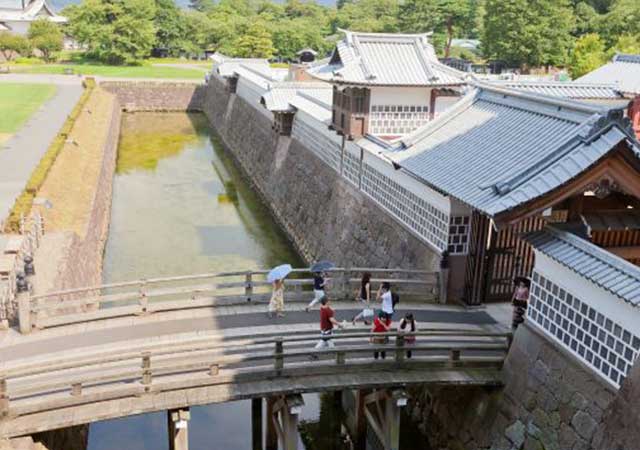
Construction of Kanazawa Castle began in 1580 on the orders of Sakuma Morimasa, a vassal of Oda Nobunaga. The castle was built on the site of the Ikko-ikki sect's Oyama Gobo temple, which is why it is sometimes called Oyama Castle. Morimasa managed to build several moats and begin construction of a castle town. However, after his defeat at the Battle of Shizugatake in 1583, he was executed, and ownership of the castle passed to Maeda Toshiie (1538–1599).
-
Nakatsu Castle
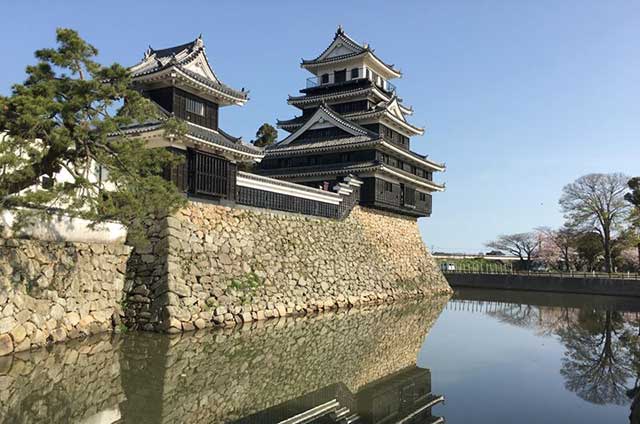
Kuroda Yoshitaka (1546–1604) was one of the closest advisors to the legendary military commander Toyotomi Hideyoshi. He took part in key military campaigns of the late 16th century, including the campaign against Shikoku in 1585 and the campaign against Kyushu in 1587. Later, during the second campaign in Korea, Yoshitaka served as chief advisor to the commander of the invasion forces, Kobayakawa Hideaki. After Hideyoshi's death, he swore allegiance to Tokugawa Ieyasu, thereby securing his influence and patronage under Japan's new leader.
-
Edo Castle
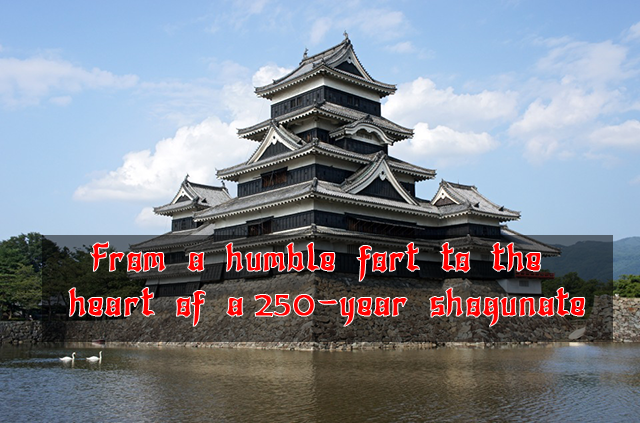
The history of Edo Castle dates back to the Heian period, when the Edo clan built a small fort on this site. In 1457, the vassal of the Uesugi clan, Ota Dokan (1432–1486), constructed a full-scale castle here. Internal conflicts weakened the Uesugi clan, and in 1524, Ota Dokan’s grandson, Ota Yasutaka, surrendered the castle without resistance to the forces of Hojo Soun, the ambitious leader of the Hojo clan. While Odawara Castle remained the clan's main stronghold, Edo was considered a key strategic fortress.
-
Samurai Museum Shinjuku
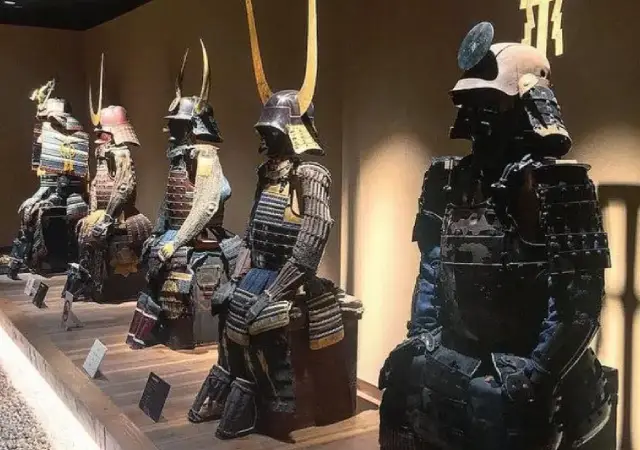
Situated in the vibrant district of Shinjuku, the museum showcases an extensive collection of samurai armor, weapons, and cultural artifacts spanning from the Kamakura to the Edo period. The exhibits aim to convey the samurai's unwavering commitment to honor and discipline, reflecting how their spirit continues to influence modern Japanese culture.

